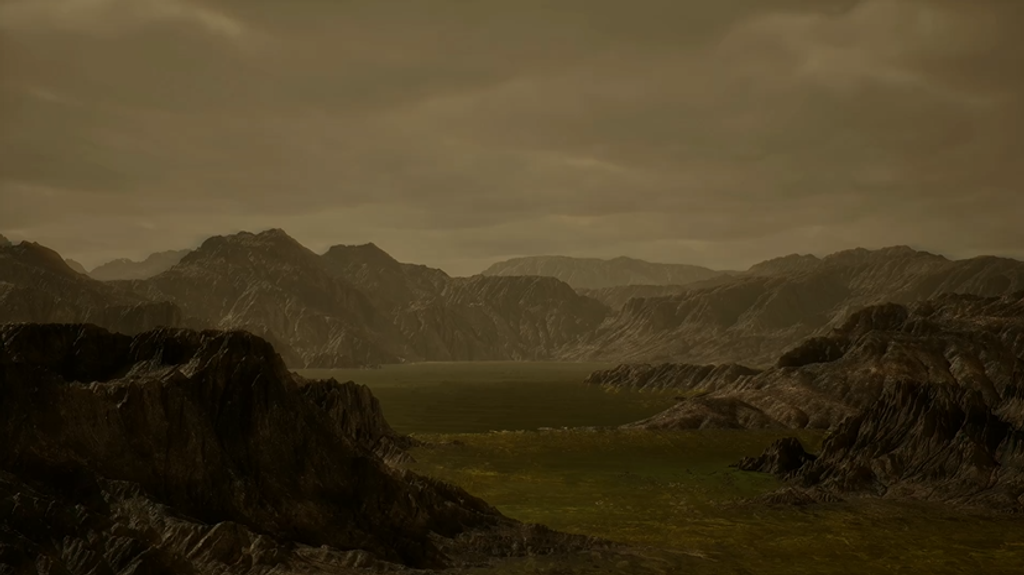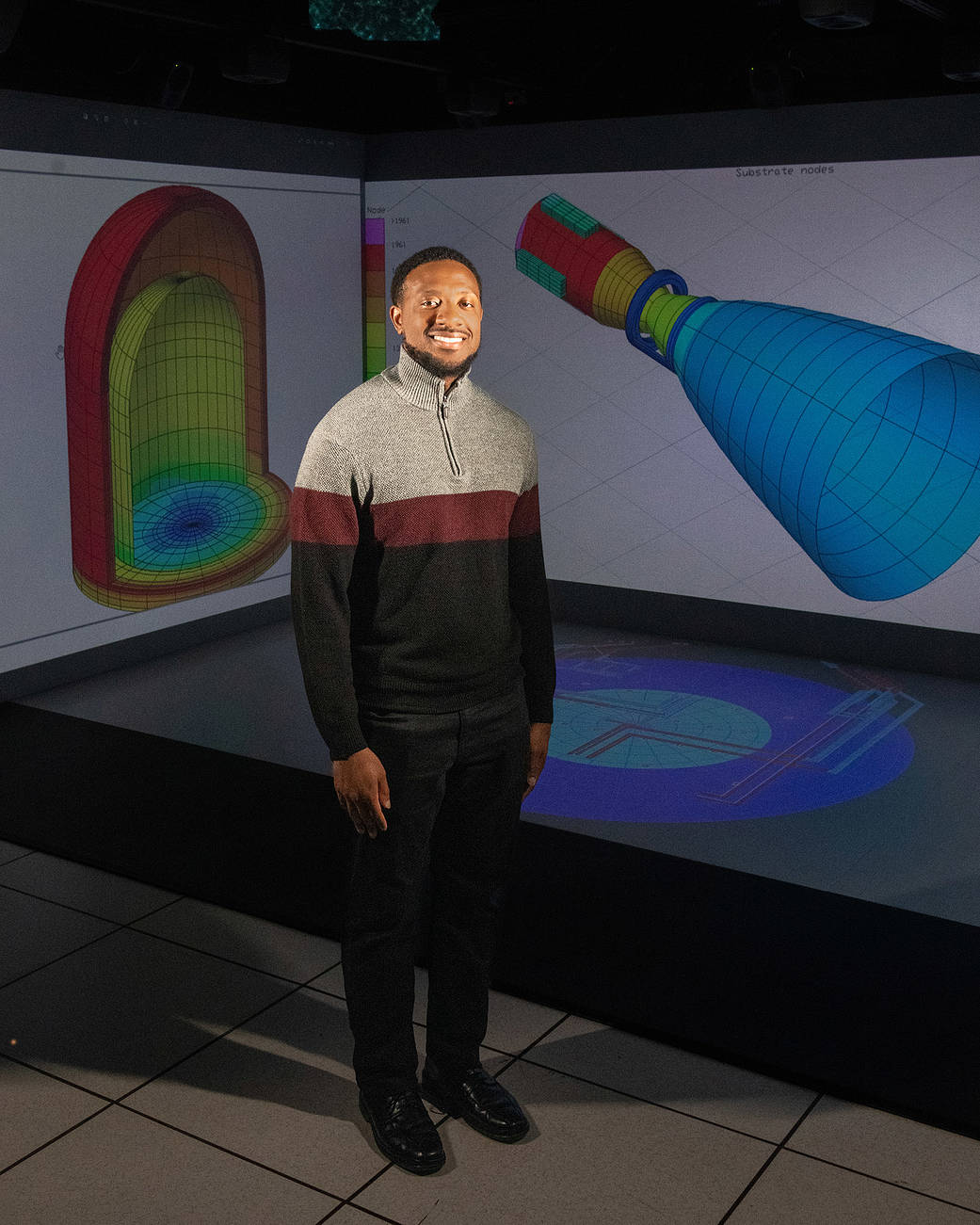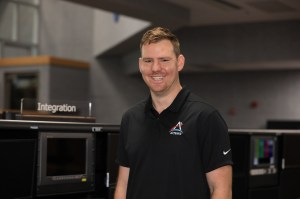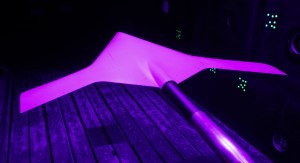When Jarred Wilhite first stepped foot in NASA’s Glenn Research Center in Cleveland, he was a fifth-grade student who dreamed of a career in science or technology.
“Working here has always been a goal of mine,” said Wilhite. “Seeing the exhibits and everything they had to offer inspired and motivated me to pursue my calling. I found the trip really fascinating, and it’s one memory I still hold on to this day.”
Wilhite graduated valedictorian from Benedictine High School and enrolled at the University of Cincinnati because he was attracted to its cooperative education (co-op) program. Through this program, Wilhite spent his summer semesters working as a Pathways intern at NASA Glenn. As he got closer to his dream of working at NASA, he was faced with some obstacles.
“As I got into the specialized aerospace courses in college, I saw new concepts and new theories that were harder to wrap my head around and difficult to grasp,” said Wilhite. “That was one of the more challenging times in my life academically.”
Eager to continue his career path, he dedicated even more time to studying, attended his professors’ office hours, and formed study groups with his classmates.
“There were definitely times when I doubted myself,” said Wilhite. “I’d wonder if I was in the right field. Those thoughts certainly crossed my mind but having encouragement from my family and close friends helped me push through and believe in myself.”
Now, Wilhite is a Glenn aerospace engineer who has been instrumental to Artemis and the X-57 Maxwell all-electric aircraft. Through his thermal modeling — or computer simulation — Wilhite was able to predict how the Orion spacecraft would function when tested in the thermal vacuum chamber at the Neil Armstrong Test Facility’s Space Environment Complex. During this test, Orion would be placed under high vacuum and cycled between extreme hot and cold temperatures, as it would in space.
“We had hardware near the floor that needed to be kept above negative 20 degrees Fahrenheit,” said Wilhite. “The solution that our team came up with was to apply thin fiberglass heaters to the chamber floor.”
Wilhite added this concept to his model and found the amount of heater power, number of heaters, and placement of the heaters needed to keep the temperatures at the correct level.
“These heaters were actually used in the thermal vacuum tests and made a difference,” said Wilhite. “Just knowing that my model and analysis had such a significant contribution to the overall Artemis mission is really awesome to think about.”
Wilhite switched gears to the X-57 Maxwell and has been working on the project for more than two years.
“Recently, I supported thermal cycle testing of the cruise motor controllers, which involved placing them in a thermal test chamber and cycling them through a range of temperatures from low to high that they would see during flight,” said Wilhite. “We turned them on and off at different intervals to make sure there were no deficiencies that would prevent them from meeting the requirements.”
Wilhite has made a career for himself and wants to pay it forward to students who dream of one day working at NASA. Over the past few years, Wilhite has hosted design challenges and spoken at virtual events and webinars for grade school and middle school children. He’s talked to students across the country and even around the world.
“Getting that kind of exposure at an early age is so important,” said Wilhite. “We need more scientists and engineers in the future, especially as technology progresses and as we plan to go back to the Moon and Mars, and even further.”
Now, Wilhite is pursuing his Ph.D. in Aerospace Engineering with a focus in Fluids and Thermal Sciences at Case Western Reserve University.
“Never give up on something that you’re passionate about. You may face adversity along the way, but never give up because in the end you’ll get to look back and see that all the hard work and all the effort that you put in was worthwhile.”
NASA is in a Golden Era of aeronautics and space exploration. In partnership with commercial and private businesses, NASA is currently making history with significant missions such as Artemis, X-57 Maxwell, and X-59 Quesst. The NASA’s Modern History Makers series highlights members of NASA Glenn’s workforce who make these remarkable missions possible.
Jacqueline Minerd
NASA’s Glenn Research Center
































